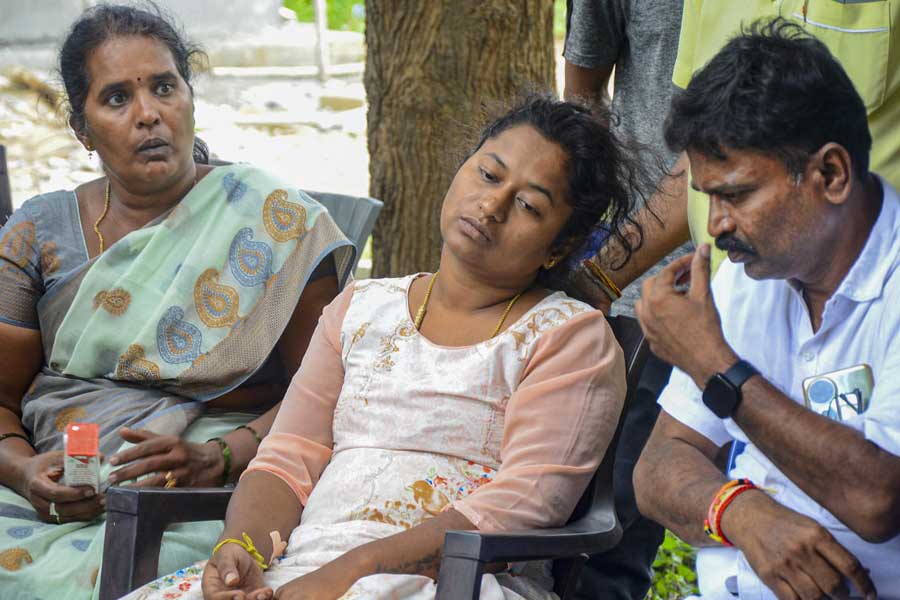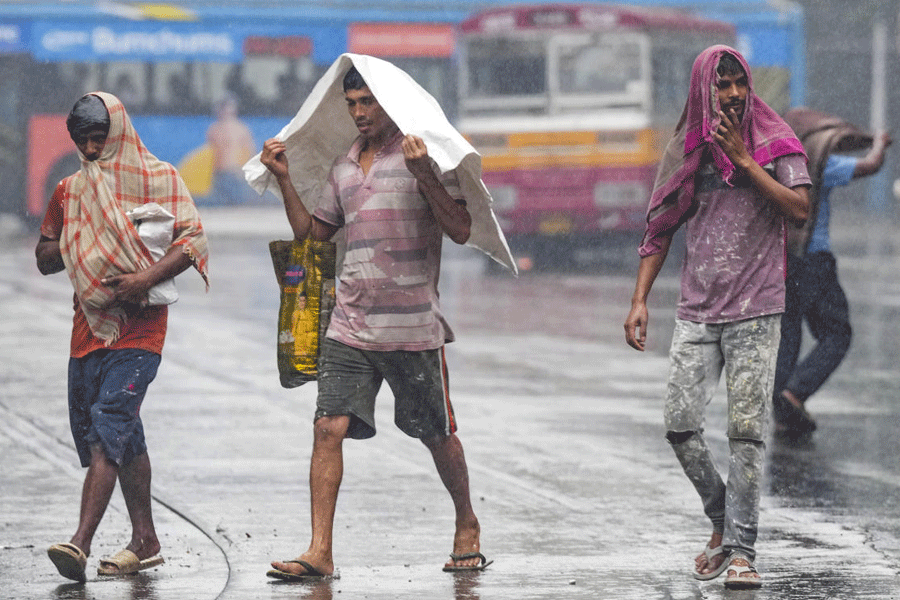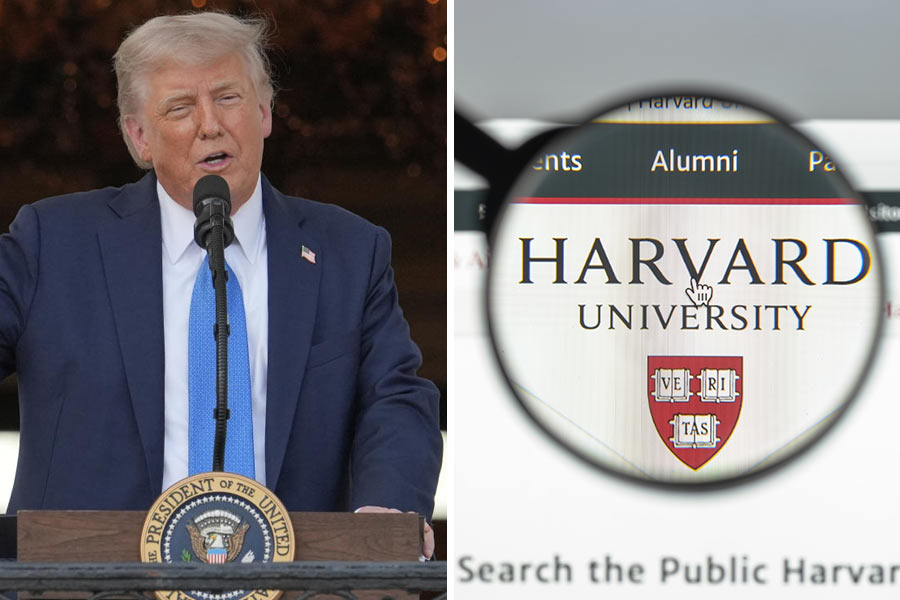 |
| While Jagannath temple (above) doesn’t allow wheelchairs on the premises, (Below) Siddhivinayak and Akshardham temples allow the entry of the same. |
 |
 |
Bhubaneswar, Nov. 28: The state museum in Bhubaneswar and Ravenshaw University in Cuttack are all set to become “disabled friendly”.
Ramps, elevators and customised toilets would be set up for those who are mobility impaired. The Ravenshaw University project is nearing completion and the work at the state museum has begun.
The Archaeological Survey of India is conducting an audit at Raja Rani temple, Khandagiri, Udayagiri, Lalitgiri and Ratnagiri (known for their Buddhist structures) before taking up accessibility designing.
However, the Puri Jagannath temple continues to be inaccessible, despite all efforts said disability activist Sruti Mohapatra at a meet titled “Beyond Barriers — Incredible India Tour”. At the meet, four wheelchair-bound people and activists from Mumbai, who were travelling across 30 states and 40 cities of the country, shared their experiences of accessibility to tourist places.
Sharing their harrowing experience at the Puri Jagannath temple, the visitors said the police, local residents, and administration remained insensitive to their difficulties.
“They stopped us about 2km ahead of the temple and asked us to cover the remaining distance on our own. They ignored our requests and remained insensitive to our pleas,” said activist Suita Sancheti.
“People with disability have equal right to travel with dignity and access to all tourism infrastructures. Inaccessibility in transportation, accommodation and tourist sights discourage them to venture out,” she said.
Although many temples across the country, including Siddhivinayak, Kedarnath, Badrinath, Gangotri and Akshardham temple, have allowed the entry of wheelchairs, sevayats at the Puri shrine consider that allowing a wheelchair would be a sin as it contains leather.
“In 2009 a group of sevayats had come down to Bhubaneswar to announce that they will soon be making the temple disabled friendly but nothing has been done,” Mohapatra said, adding that the temple design was good enough for any wheelchair-bound person to access.
“We are not asking them to construct ramps. The 22 steps are small in size and can be easily managed with little assistance. As for the inner temples, two small wooden ramps are more than enough. Countering their argument that wheelchairs have leather, we have also suggested them to have their own temple wheelchairs that the disabled can use. But they have simply ignored all our suggestions,” said Mohapatra. The only disabled assistance booth at the temple has also been lifted by the administration.
The activists have threatened to launch a unique campaign to sensitise the government. Starting from February, the wheelchair bound would assemble in front of the temple to make their demands heard.










